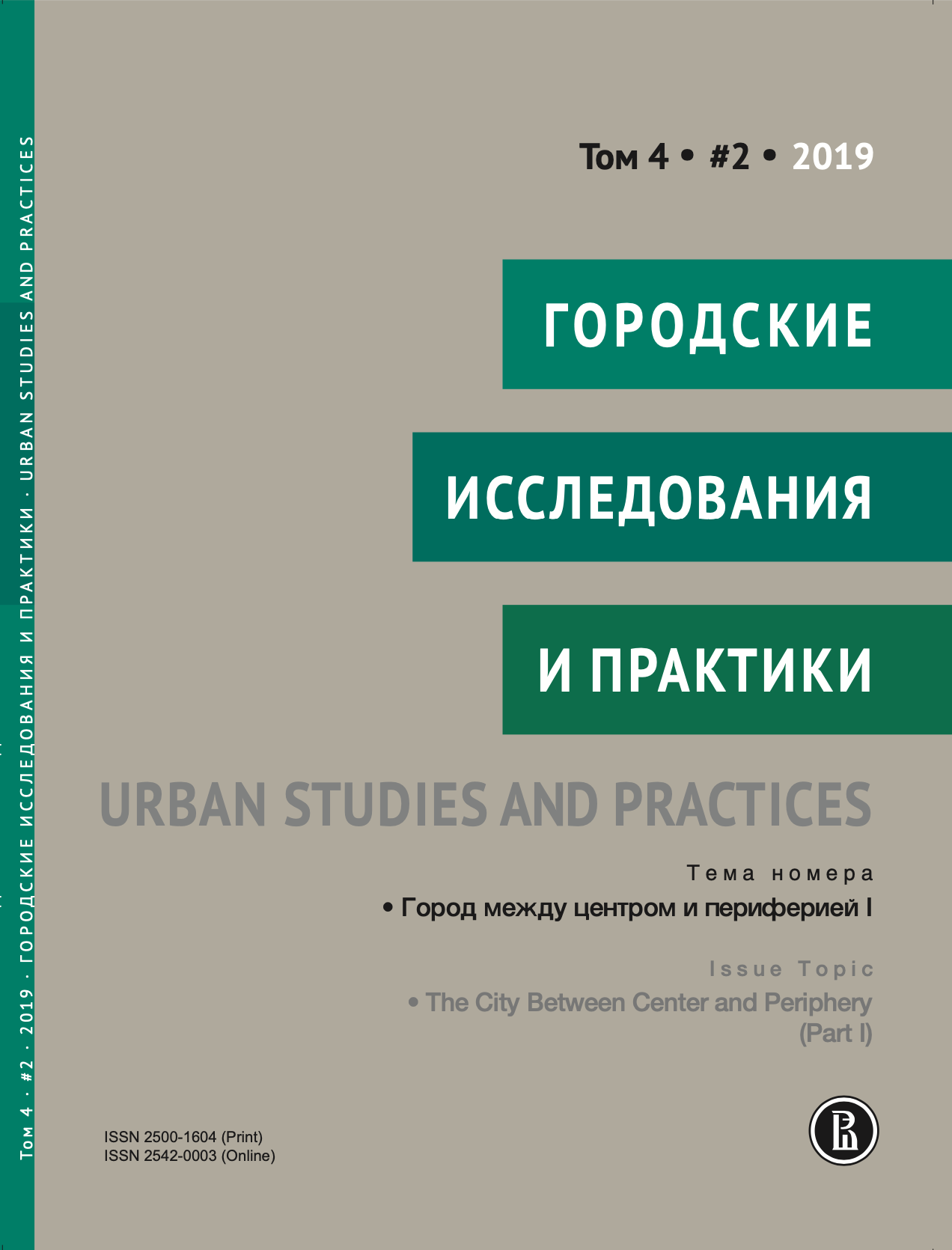The Archeology of the Periphery: Six Years Later
Abstract
In December 2013, comprehensive research on the outskirts of Moscow was presented at the Moscow Urban Forum (MUF) — The archeology of the periphery. It included six areas: society, politics, architecture, culture, economics, and data. Research teams noted the significant potential of the peripheral parts of the city, which are still in mode of “dormitory” centers. Nevertheless, these territories still remained only urban parts, not city-forming. One of the criticisms of this project was the insufficient disclosure of the relationship between the center and the periphery, which could shed light on the reasons for the poor realization of the potential of the peripheral territories.
Six years have passed. Moscow is booming. For three years now, the Moscow Central Cirсle (MCC), which lies on the territory of the periphery, has been functioning. The introduction of a new large-scale transport infrastructure — the Moscow Central Diameters (MCD) — which will spread outside Moscow has been announced. The city is experiencing the opening of new metro lines, several improvement projects (“My Street”, “My District”) and an active phase of housing renovation. It makes sense to recall the old results and conclusions in order to evaluate the development that has formed since the publication of “The Archeology of the Periphery”. To do this, we talked with the authors to comprehend the changes taking place in Moscow, which is trying to find a balance between the center and the periphery.
Eight interviews with the experts who were responsible for various research areas were analyzed. We discussed where Moscow ends, what can be called the periphery of Moscow, whether we should wait for the next administrative expansion of the city, how the accession of New Moscow affected the development of the whole city, whether the “My District” project will be able to form a polycentric urban environment, what the prospects of the Moscow housing renovation are, what role the MKAD plays in modern Moscow, how the three-years of the MCC operation has affected the peripheral territories, what to expect from the launch of the MDC, and what “The Archeology of the Periphery 2.0” could be about.

